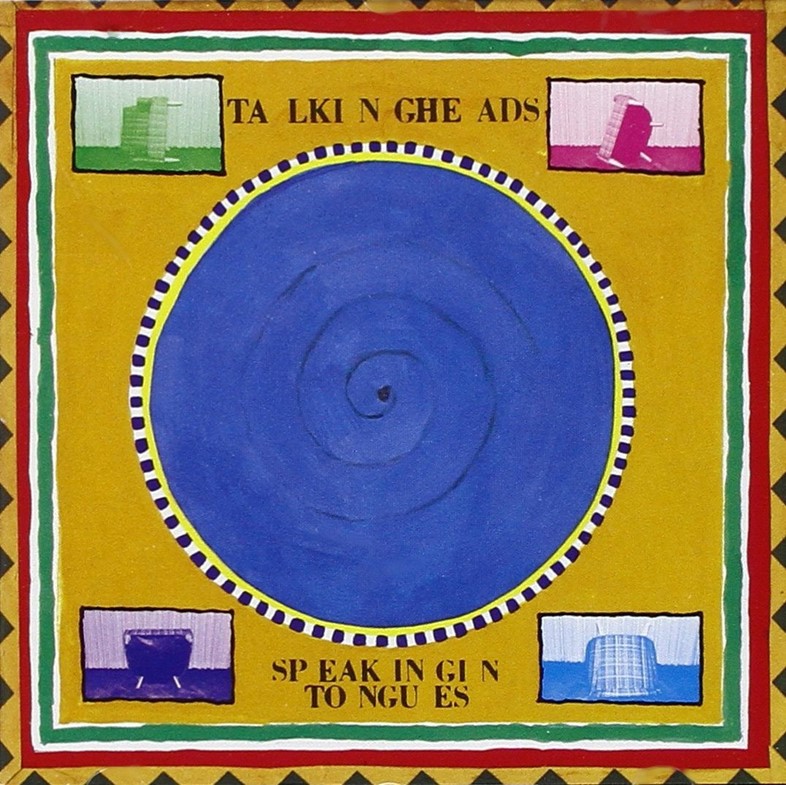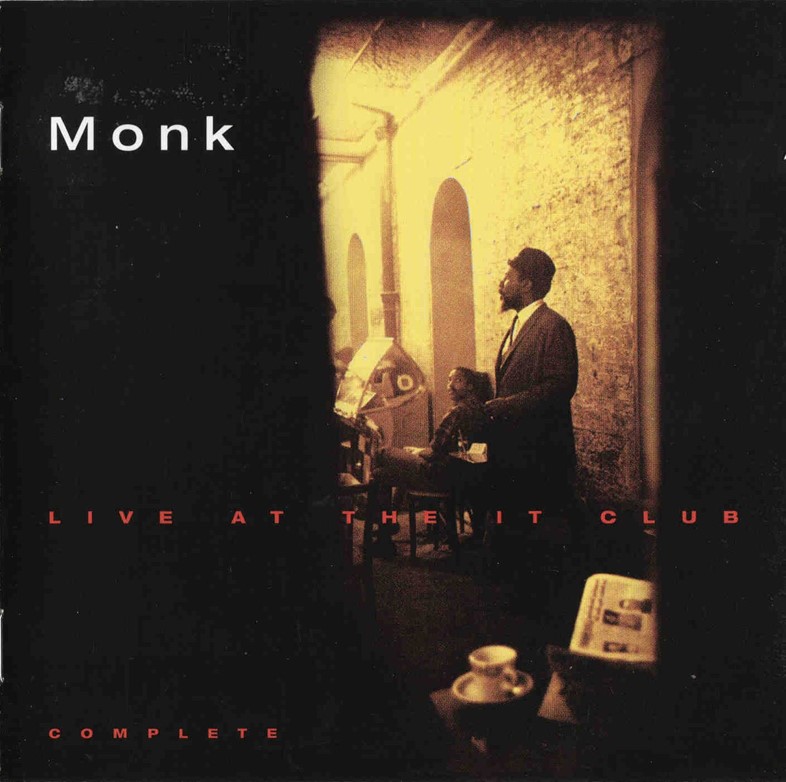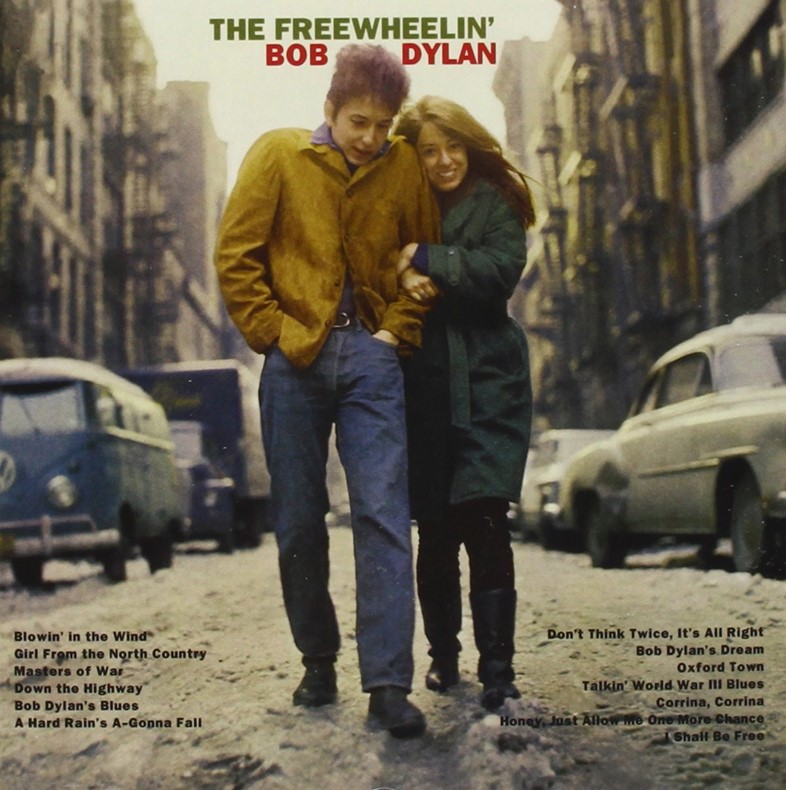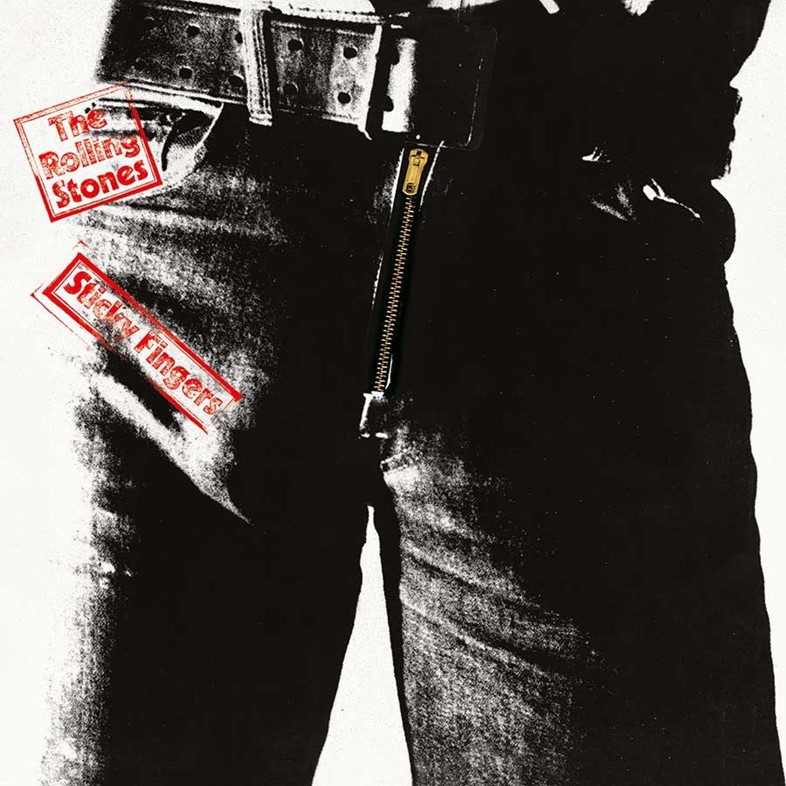From Andy Warhol's cult collaboration with the Rolling Stones, to David Bowie's understated Blackstar, the legendary designer unpicks the enduring impact of five seminal album sleeves
Apple MusicMusic is no minor influence for Sir Paul Smith. The septuagenarian designer has long found inspiration in London’s sonorous subcultures, from the burgeoning reggae, roots and dub scene of 1960s and 70s Notting Hill, through to the intimate live gigs that emerging bands continue to play in his stores today. “Growing up as a kid in Nottingham, music was initially the reason I’d come down to London – for gigs, he explains. “I remember crashing on the floor of a mate’s house when Notting Hill Carnival first started in 1966. At that time London was so full of creative energy – musically, fashionably, artistically, everything. I’d come down for a few days and we’d just go out to different gigs every night.” Similarly, live music had an early impact on Smith’s drive to make clothing; the roots of his globally successful brand are deeply embedded in the music industry. “Sometimes I’d print up a few T-shirts back home in Nottingham and bring them with me to the gigs and try and sell them to people in the audience, and any money I’d make would go towards paying for the petrol to get me down,” he continues. “Gradually I got to know various guys in bands and then I started selling them clothes for them to wear on stage or just to hang out in. Over the years lots of those people have gone on to become very successful, and what’s lovely is that lots of them are still shopping with us – they’ve grown as we’ve grown. So right from being surrounded by music as a kid, to dressing rockstars now – music informs my work in so many different ways.”
Smith's most recent menswear collection for S/S17 was a fine example of how organically such ideas can trickle over; it was underpinned with motifs from his early days immersed in West London's colourful music culture, from the ever-present red, yellow and green tri-colour stripe, through to its syncopated score. “The influence of the Caribbean community was so strong,” he continues, “and that came through in the soundtrack for the show. We were listening to lots of reggae!" Nowadays, Smith mostly encounters new music through his staff, he confesses. “There’s constantly music playing in the design studio and often my ears will prick up if I hear something I like. I’ll ask what it is, then often buy the album and add it to my stack to listen to in my early morning sessions.” Here he selects five of his favourite examples of album artwork, ranging from the Rolling Stones’ iconic zip-up Sticky Fingers sleeve, through to Bowie’s unforgettable Blackstar.
Rolling Stones, Sticky Fingers, 1971 (above)
“When Warhol and Rolling Stones team-up you can’t go far wrong, and the artwork for Stinky Fingers, which they came up with together, is amazing. The image of the close-up crop of the guy is so iconic, but they made a few with a real life zipper on the jeans, and I’ve got one of them!”

Talking Heads, Speaking in Tongues, 1983
“I’m lucky to have one of the limited edition clear sleeves for Speaking in Tongues. It was designed by Robert Rauschenberg, and is one of the gems of my record collection. I’ve always enjoyed the music of Talking Heads and have worked with David Byrne on a few different things over the years.”

David Bowie, Blackstar, 2016
“It goes without saying that there’s lots of sadness associated with this record. The artwork is so fantastic in its simplicity, and total genius from Bowie. I know the guys that worked on the design and was lucky enough to work with them on a T-shirt to celebrate the release of the album. Of course back then nobody knew what was soon-to-happen, and it just makes the album all the more powerful and meaningful.”

Thelonious Monk, Live At The It Club, 1982
“I was a massive Thelonius Monk fan and used to travel the country to see him when he’d perform in the UK. His album artwork was always consistently brilliant. A graphical but simple use of colour.”

Bob Dylan, The Freewheelin’ Bob Dylan, 1963
“The artwork for this LP is fairly simple, but it’s what’s on the inside that’s so brilliant. Dylan has provided the soundtrack to so many aspects of my life and career. I couldn’t have a list like this without one of his records on it.”
Sir Paul Smith has compiled a series of exclusive playlists for Apple Music: From Herbie to Holiday, Something Old, Something New… and Around the World in 20 Tracks.
